7 Airway Clearance Techniques
Written by |
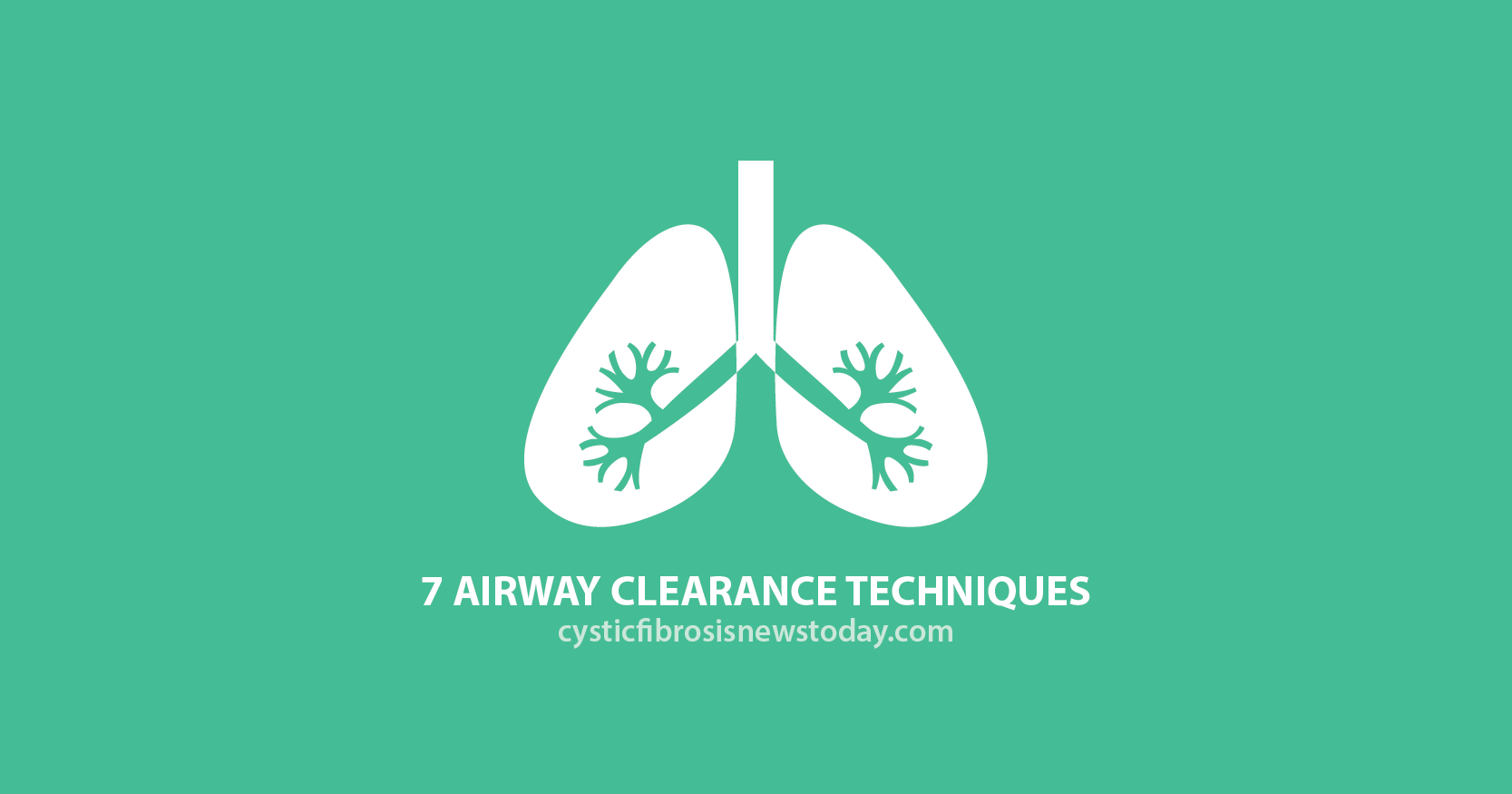
According to the Cystic Fibrosis Foundation, there are seven major airway clearance techniques (ACTs) for patients with cystic fibrosis. Airway clearance is needed to help clear away mucus from the lungs to help prevent infections and to improve lung function. Children will need an adult to assist with ACTs, and different CF patients will prefer different methods of airway clearance.

Coughing and Huffing
Coughing is one of the easiest airway clearance techniques and helps to release mucus which can be deposited in a tissue and disposed of. Huffing is similar to coughing although not as forceful and is useful if you become tired from coughing.
Read eight tips to manage your cystic fibrosis.
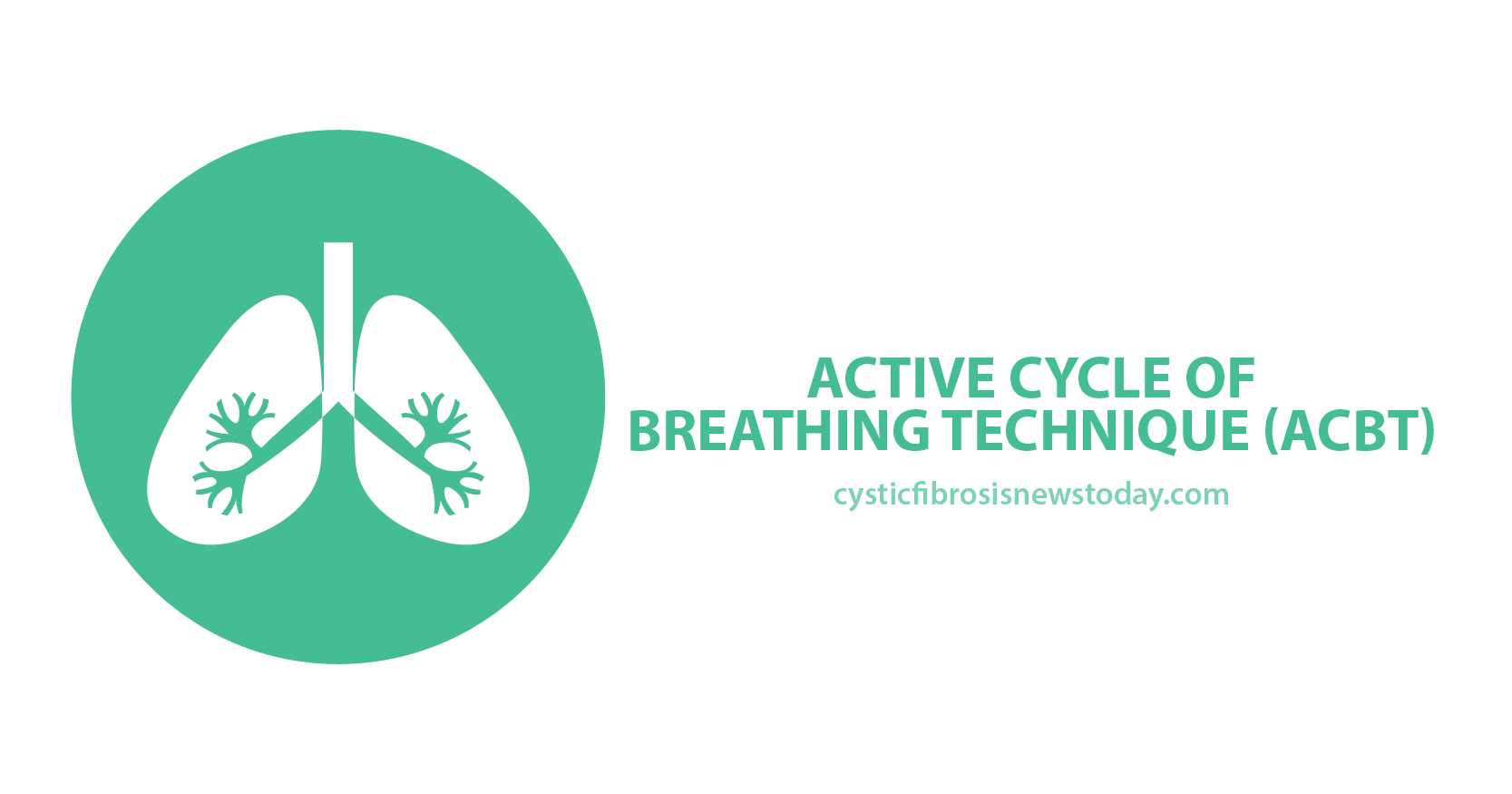
Active Cycle of Breathing Technique (ACBT)
ACBT uses different breathing techniques which can be adapted to suit your needs. Active cycle of breathing works by getting air behind the mucus and forcing it out and includes controlled breathing, chest expansion exercises and forced expiration–which usually consists of huffs of varying lengths and controlled breathing.
Five ways to relax when you have cystic fibrosis.
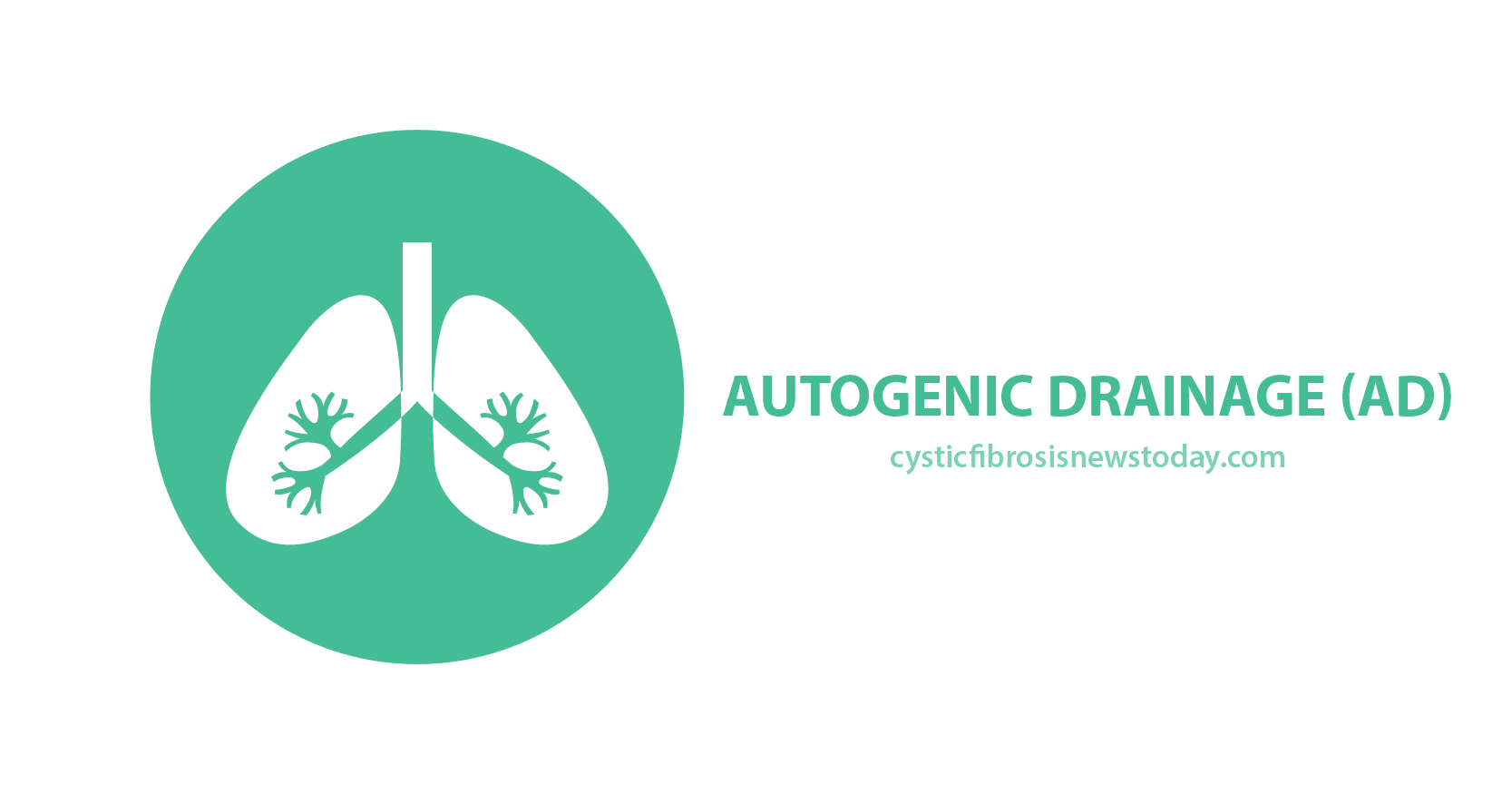
Autogenic Drainage (AD)
Autogenic drainage helps to move the mucus from the smaller airways to the larger ones. It is done by varying breathing speeds and inhaling to different levels and adjusting the exhaled breath. Because AD takes practice to perfect the technique, it is not usually recommended for children under the age of eight.
Do you know what lungs and a tennis court have in common? Find out here!
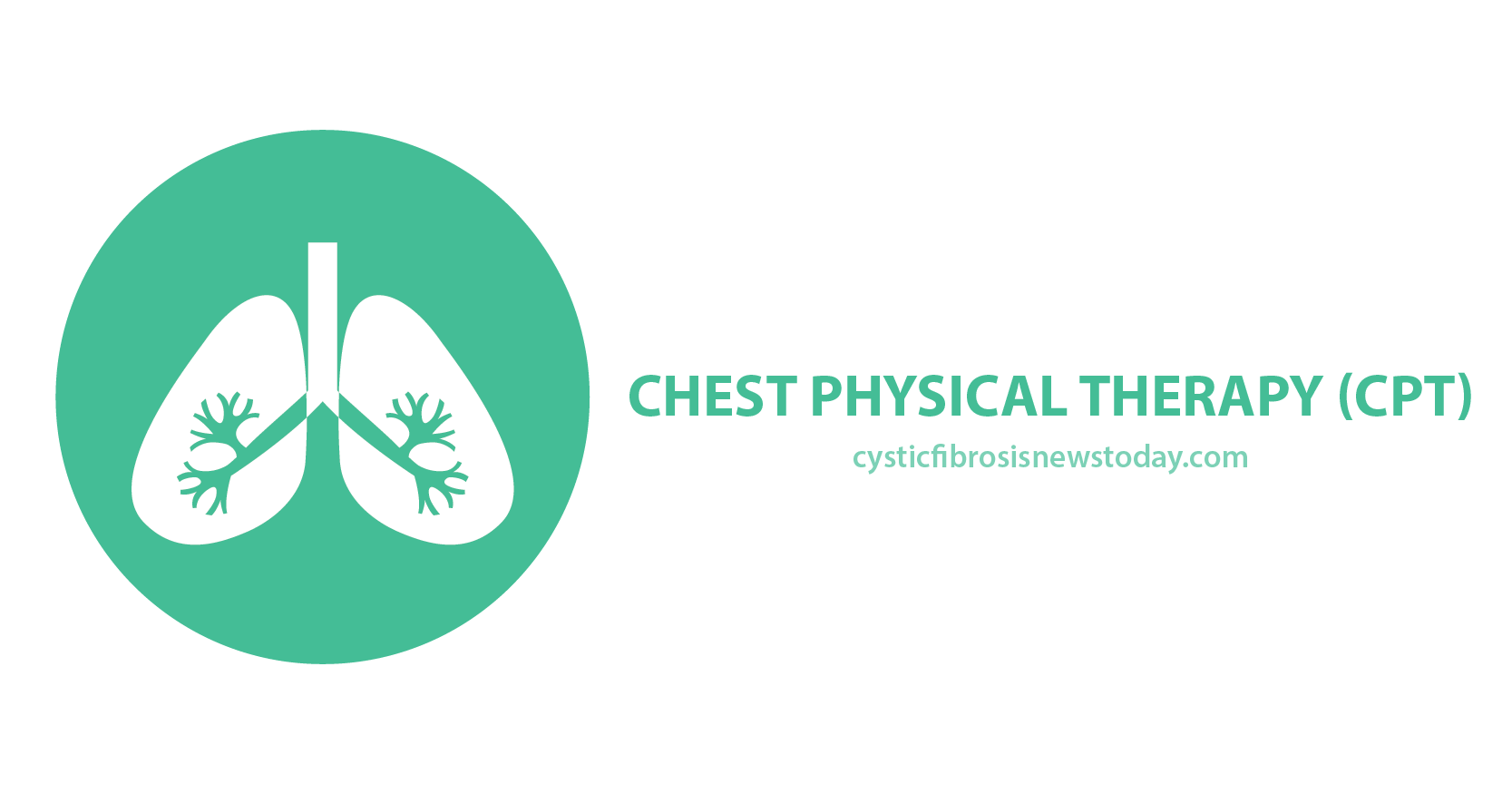
Chest Physical Therapy (CPT)
Chest physical therapy is also known as Postural Drainage and Percussion (PDP) and requires the patients to get into different positions so that the mucus can drain from the lungs, this is then followed up by the percussion of the chest –where the chest is clapped and vibrated to help move the mucus.
Read four common misconceptions about cystic fibrosis here.
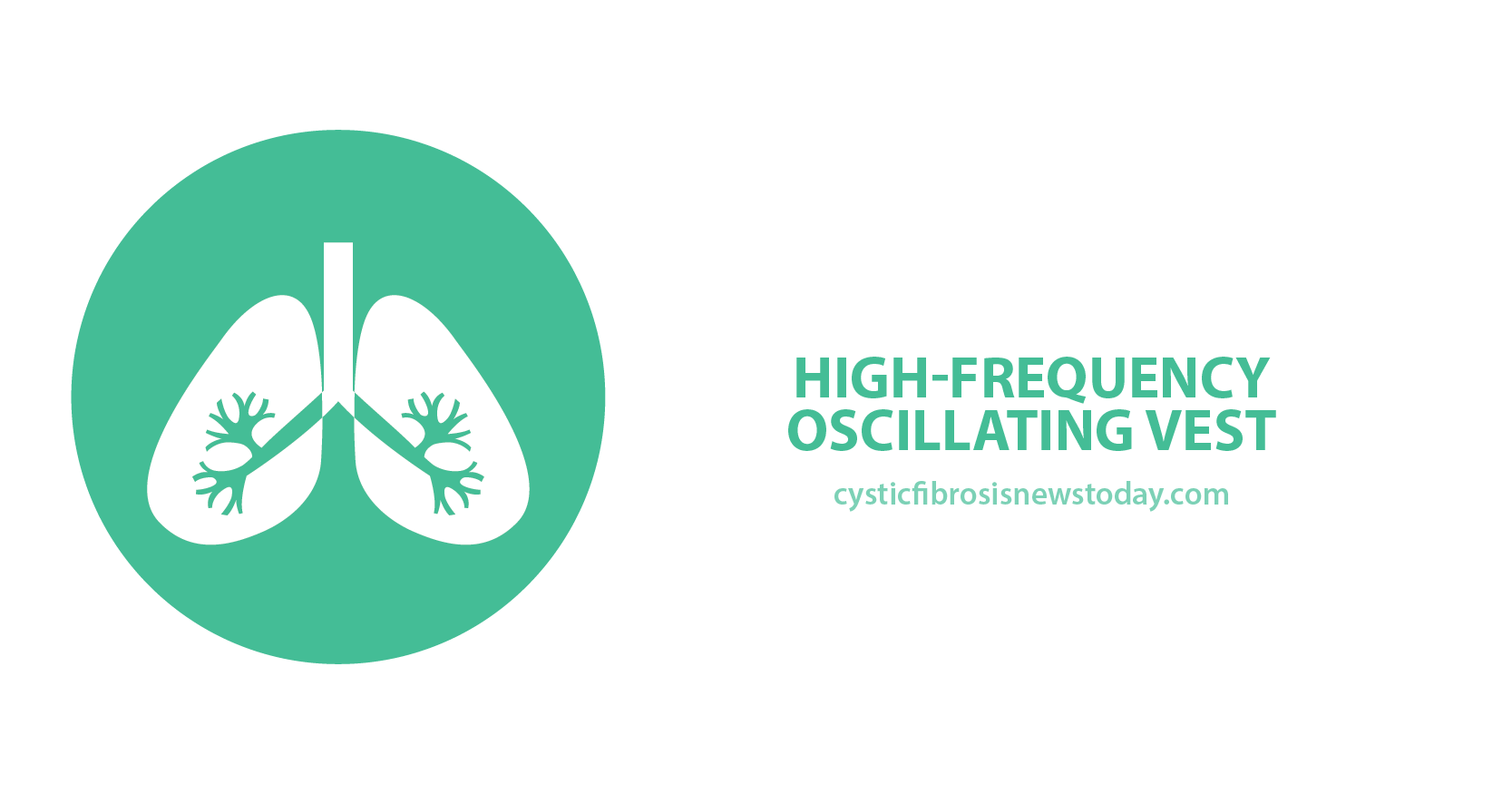
High-Frequency Oscillating Vest
An inflatable vibrating vest helps the mucus to dislodge and move into the larger airways, the vest is used in conjunction with huffing to release the mucus.
Read how the AffloVest helps CF patients to clear their airways.
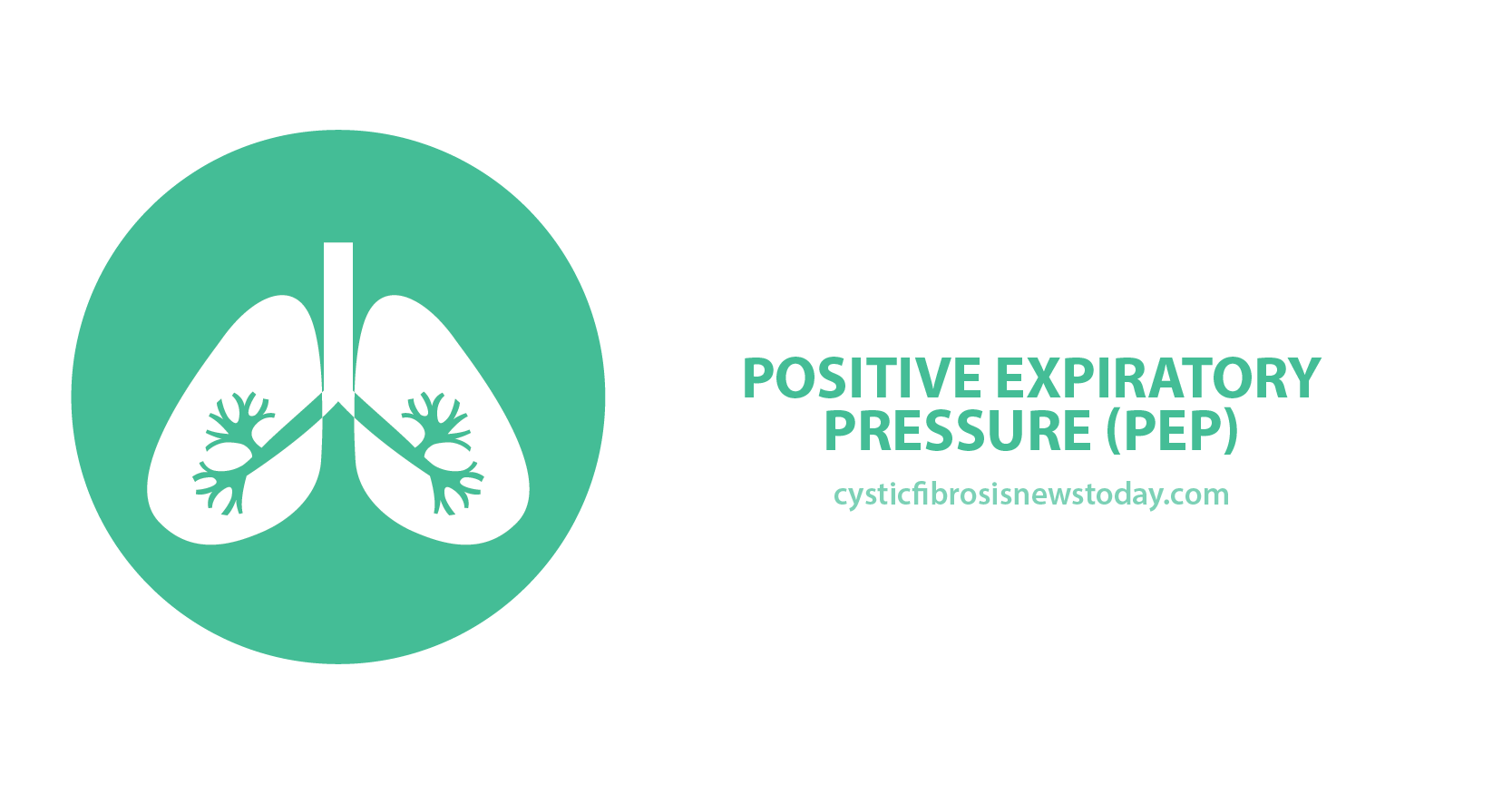
Positive Expiratory Pressure (PEP)
This form of therapy is used to help open up the smaller airways with air pressure. The PEP treatment uses a mouthpiece or mask attached to a resistor and the patient is instructed to breath in normally but to expel the air with more force than they usually would, helping to push the mucus out.
How does cystic fibrosis affect the lungs? Find out here.
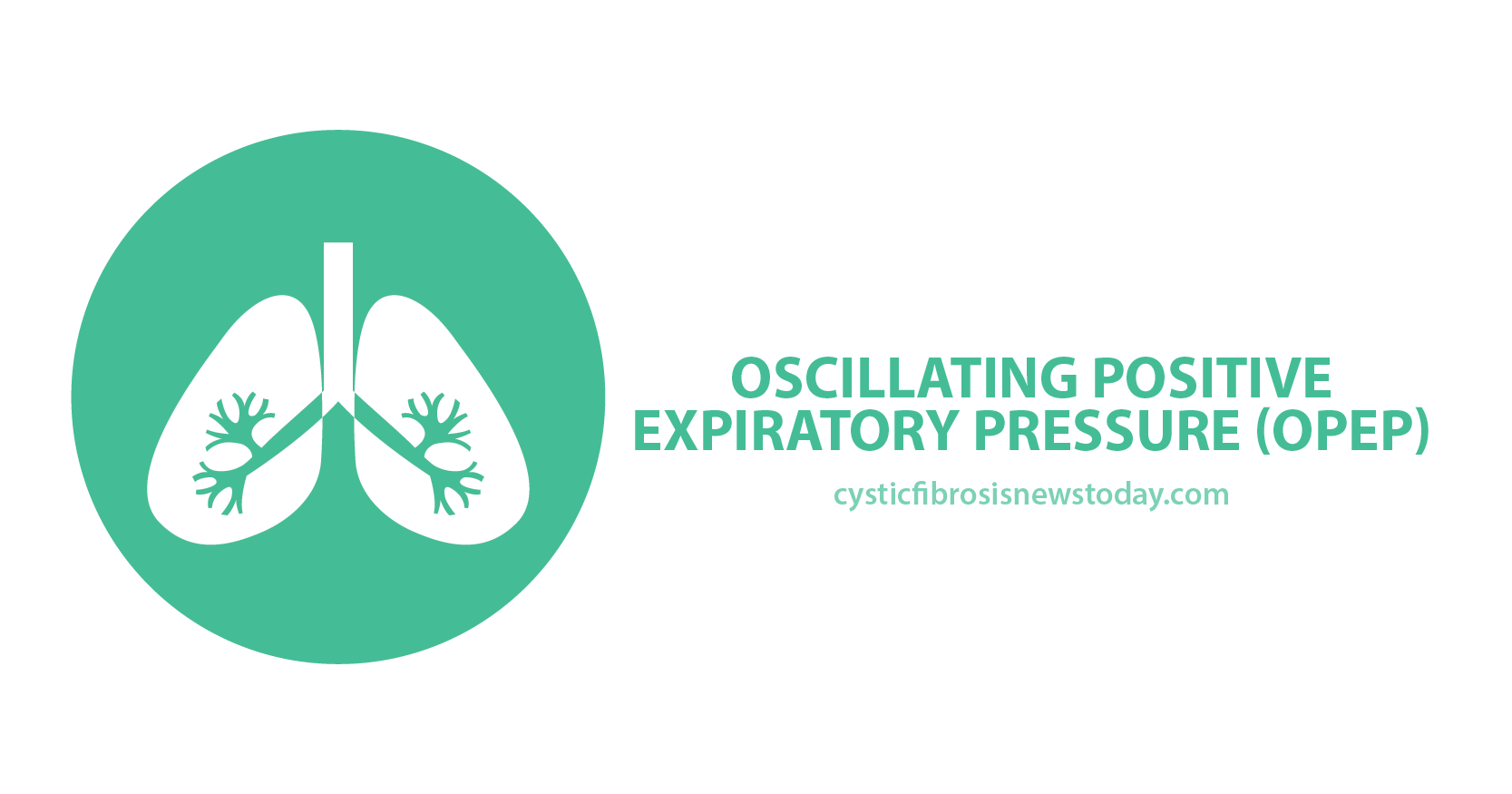
Oscillating Positive Expiratory Pressure (OPEP)
A treatment in which patients fully exhale the air in their lungs through an oscillating PEP device which vibrates both the large and smaller airways. The procedure is repeated many times and then patients cough or huff to extract the mucus.
Read about the three treatment categories for cystic fibrosis here.
Cystic Fibrosis News Today is strictly a news and information website about the disease. It does not provide medical advice, diagnosis or treatment. This content is not intended to be a substitute for professional medical advice, diagnosis, or treatment. Always seek the advice of your physician or another qualified health provider with any questions you may have regarding a medical condition. Never disregard professional medical advice or delay in seeking it because of something you have read on this website.






